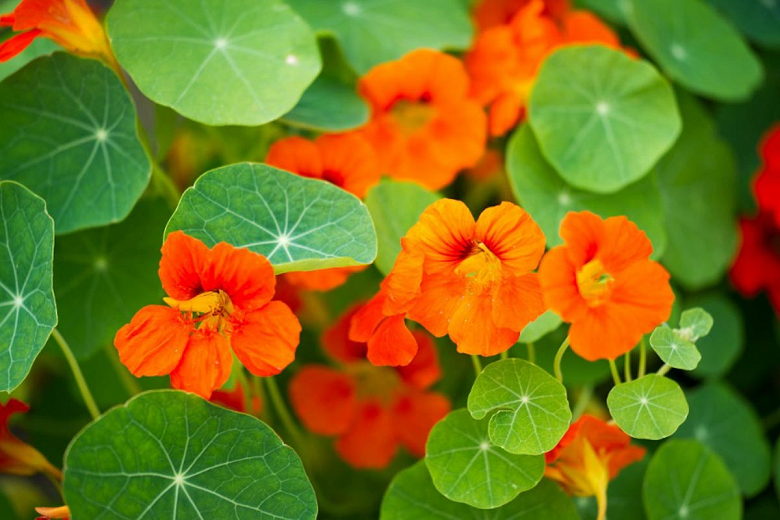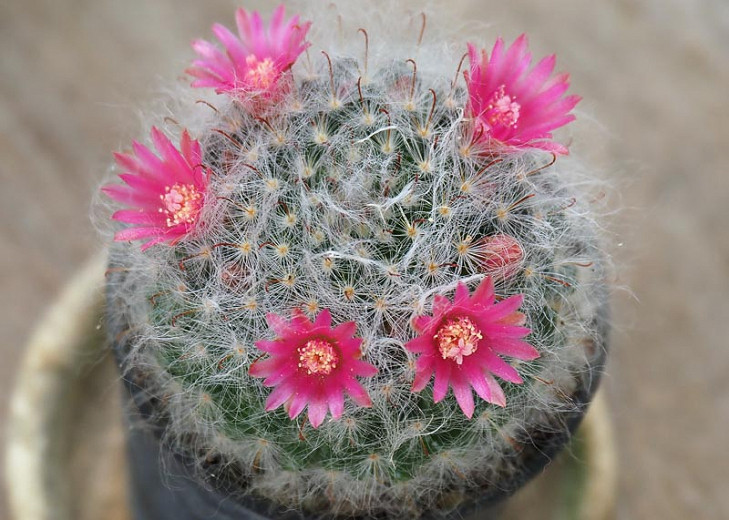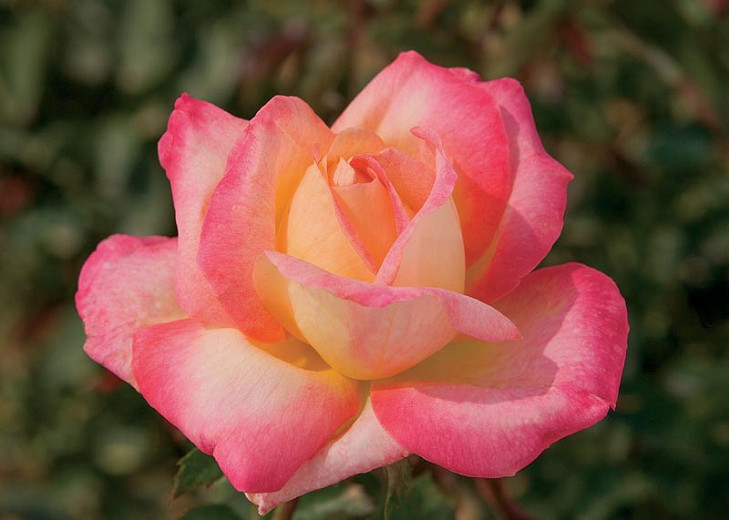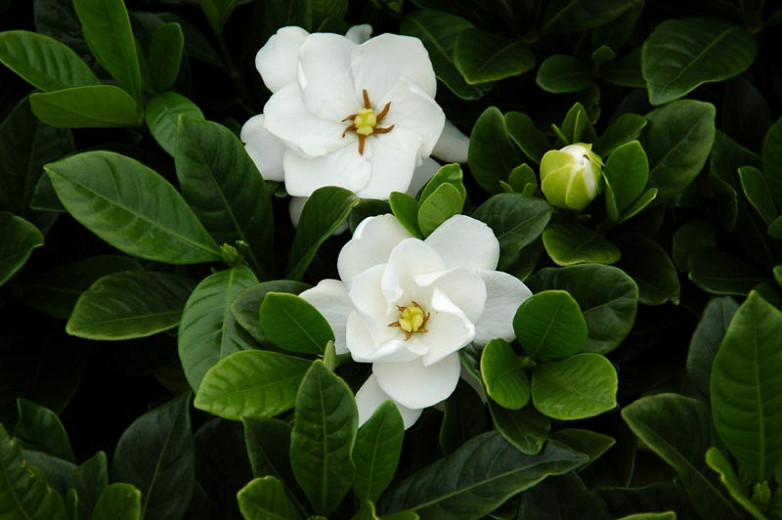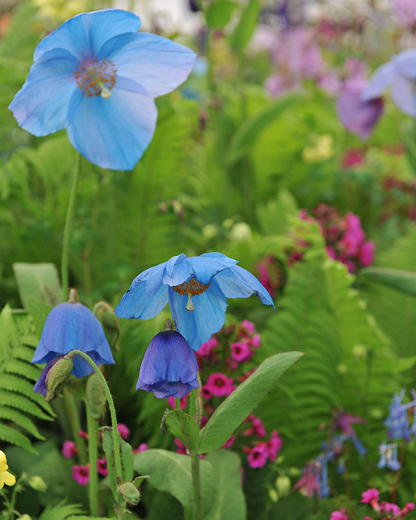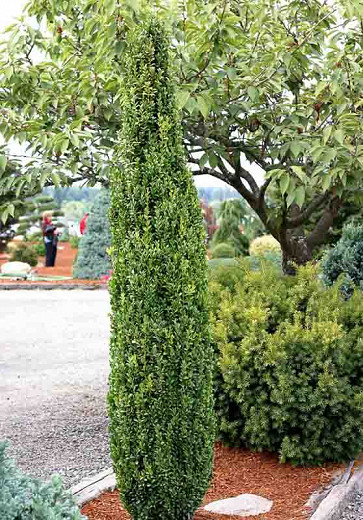Veronicastrum virginicum (Culvers Root)
Veronicastrum virginicum (Culver’s Root) is a clump-forming, long-lived perennial boasting eye-catching spikes of densely-clustered, tiny, white to pale blue flowers that seem to glow from mid-summer to early fall. The blossoms attract bees and provide food for adult monarchs and other pollinators. With a candelabra look, these graceful inflorescences are borne atop strong, upright stems.
Veronicastrum virginicum (Culver's Root) is a clump-forming, long-lived perennial boasting eye-catching spikes of densely-clustered, tiny, white to pale blue flowers that seem to glow from mid-summer to early fall. The blossoms attract bees and provide food for adult monarchs and other pollinators. With a candelabra look, these graceful inflorescences are borne atop strong, upright stems. They are nicely complemented by lanceolate, dark-green leaves that are arranged in whorls around the stem. Tough, long-lasting, and easy to grow, Culver's Root requires little care and is disease resistant. Very adaptable in the garden, Culver's Root is perfect for adding interesting vertical lines and late summer color to the garden.
- Growing up to 4-7 ft. tall (120-210 cm) and 2-4 ft. wide (60-120 cm).
- Performs best in full sun or light shade, in average, medium to wet, well-drained soils. Tends to flop and requires support if planted in too much shade. Do not let the soil dry out.
- Culver's Root is quite effective at the back of the perennial border or in a mixed shrub border. Perfect as an accent plant, it is also a great candidate for naturalistic plantings, prairie plantings, cottage gardens or wildflower gardens.
- No serious pest or disease issues. Foliage is unpalatable to deer and other herbivores.
- Simply deadhead to extend bloom and cut back after flowering to basal growth to promote new foliage growth and potential re-bloom later in the season.
- Long-lived, it may take a few years to establish in a new location
- Most easily propagated by root divisions in late fall or early spring. Also propagated by softwood cuttings taken in late spring.
- Native to northeastern North America.
Requirements
| Hardiness | 3 – 8 |
|---|---|
| Heat Zones | 1 – 8 |
| Plant Type | Perennials |
| Plant Family | Veronicastrum – Culver's Roots |
| Exposure | Full Sun |
| Season of Interest | Summer (Mid,Late)Fall |
| Height | 4' – 7' (120cm – 210cm) |
| Spread | 2' – 4' (60cm – 120cm) |
| Spacing | 24″ – 48″ (60cm – 120cm) |
| Water Needs | Average, High |
| Maintenance | Low |
| Soil Type | Clay, Loam, Sand |
| Soil pH | Acid, Alkaline, Neutral |
| Soil Drainage | Moist but Well-Drained, Moisture Retentive |
| Characteristics | Cut Flowers, Showy |
| Native Plants | United States, Midwest, Illinois, Indiana, Iowa, Kansas, Michigan, Minnesota, Missouri, Nebraska, North Dakota, Ohio, South Dakota, Wisconsin, Northeast, Connecticut, Delaware, Maine, Massachusetts, Maryland, New Jersey, New York, Pennsylvania, Vermont, Southeast, Alabama, Arkansas, Florida, Georgia, Kentucky, Louisiana, Mississippi, North Carolina, South Carolina, Tennessee, Virginia, West Virginia, Southwest, Oklahoma, Texas |
| Tolerance | Clay Soil, Deer, Wet Soil |
| Attracts | Bees, Butterflies |
| Garden Uses | Beds and Borders |
| Garden Styles | City and Courtyard, Coastal Garden, Informal and Cottage, Prairie and Meadow |

